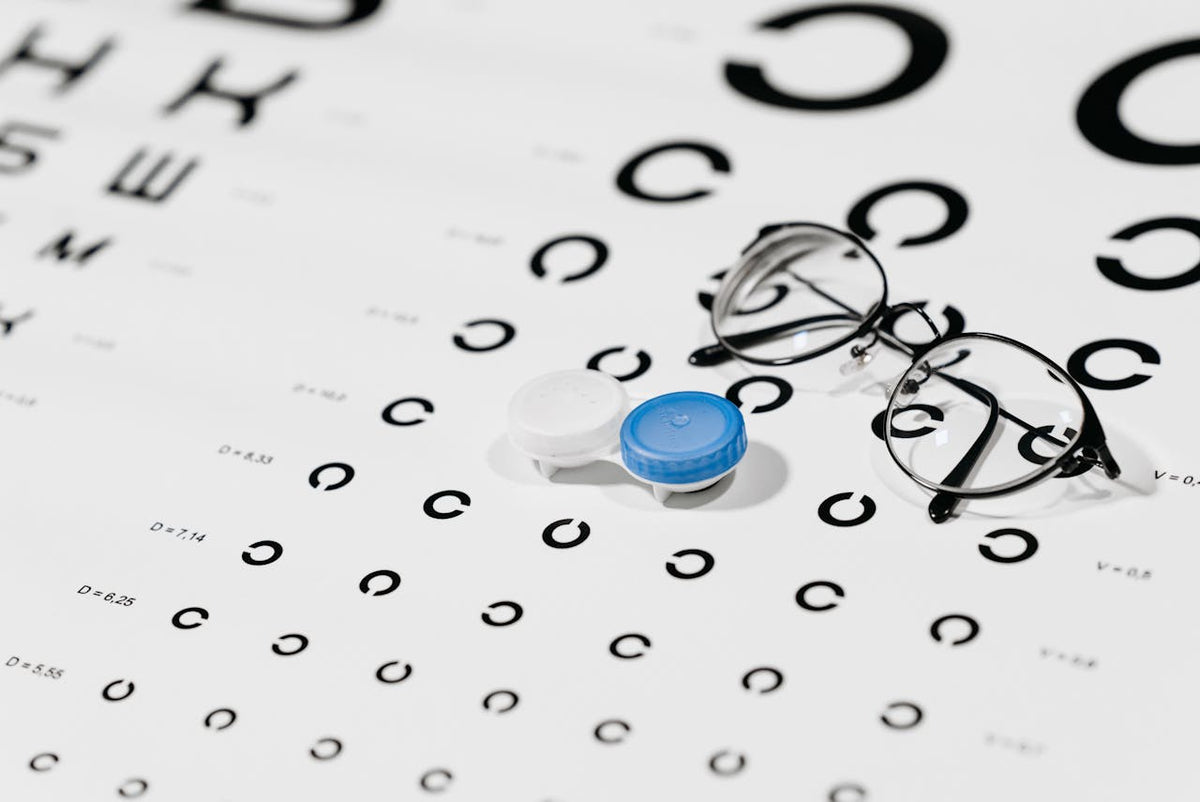
Myopia is a common condition, however, it isn’t necessarily easy to deal with. Let’s review myopia and how to prevent its progression, specifically with supplements.
Myopia is a common condition, but managing it can be challenging. Let’s explore myopia and how supplements can help prevent its progression.
Myopia is a medical term that describes nearsightedness, which refers to difficulty seeing objects farther away. Thus, individuals with myopia may have trouble reading text and signs that are in the distance. Individuals with myopia can typically see clearly when objects are up close.
Myopia is incredibly common, with an estimated 40 percent of individuals in the United States experiencing some degree of nearsightedness. This refractive condition is where distant objects appear blurry, while close-up objects are typically clear. People with myopia may struggle to read signs or text at a distance. This condition is widespread, affecting around 40% of individuals in the U.S., and increasingly becoming a global public health issue. Of significant note is that the incidence of myopia is increasing rapidly, specifically in school-aged children. As such, as many as one in four parents has a child with myopia to some degree which highlights the trend in the younger population.
Additionally, signs and symptoms of myopia can include:
Fuzzy or blurred vision when looking far away
Clear vision when looking closely
Eye strain
Squinting
Headaches
Fatigue when doing tasks that require looking far away (e.g., driving) (1)
Nearsightedness occurs due to a refractive error where the eye struggles to focus light properly. This happens because the cornea, due to its shape and condition, is unable to accurately focus the light passing through the eye. Typically, myopia is the result of an eye that is oval-shaped or too long as opposed to a rounded shape. It can also happen when the corneal curve is too steep. As a result, the signals from the retina to the brain create blurry vision (2).
Experts don’t entirely know what causes myopia, but they hypothesize that both genetics and environmental factors could be at play. For example, if your biological parents have myopia, there is a good chance that you will also have myopia. Aside from the possibility of becoming myopic due to heredity, an individual may be predisposed to having it due to certain environmental conditions. For example, if you work or read on a computer for extended periods, you may start to notice symptoms of myopia.
Certain situations that may increase your risk for myopia include:
A family history of myopia
Spending a lot of time indoors
Doing a lot of “close-up” work, such as looking at device screens or reading
Certain ethnicities (1)
There are several things you can do to potentially delay the progression of myopia. These tactics are most effective in children and adolescents where early intervention is most effective.
Strategies to Delay Myopia Progression
Various methods may help delay the progression of myopia, particularly in children and adolescents, where early intervention is most effective. Here are some potential approaches:
Spending Time Outdoors: Research suggests that outdoor exposure, especially to natural sunlight, may slow myopia progression in children.
Decreasing Screen Time: Excessive device usage and prolonged exposure to blue light can contribute to myopia. Reducing screen time and following the 20-20-20 rule — look at something 20 feet away for 20 seconds every 20 minutes — can help.
Atropine Eye Drops: Low-dose atropine eye drops, used nightly for two to three years, have been shown to slow myopia progression in children aged 5 to 18 years.
Contact Lenses: Peripheral defocus contact lenses, designed for children aged 6 to 12 with myopia, can help slow its progression, though they may not work for everyone.
Orthokeratology (Ortho-K): Ortho-K contact lenses, worn overnight, flatten the cornea while you sleep, improving daytime vision and potentially preventing myopia progression (3). Evidence suggests this method can be effective in slowing the condition.
These interventions, particularly when started early, may help reduce the severity and progression of myopia over time.
Several vitamins and nutrients can support eye health, especially for those with myopia.* Omega-3 fatty acids, vitamin A, lutein, zeaxanthin, zinc, and vitamin D may all be beneficial. If it's difficult to obtain these nutrients from food alone, supplements can help address any deficiencies and promote overall eye health.
Supplements that address deficiencies with key vitamins and nutrients may help manage myopia.* One such supplement is Eyemuse, which contains Lacticaseibacillus paracasei KW3110. Clinical studies have shown that KW3110 can reduce ocular issues, particularly eye fatigue, which is common in those with myopia due to frequent eye strain.* Eyemuse may also help prevent retinal inflammation and degeneration caused by blue light exposure (4,5,6).*
For myopia control, try Eyemuse found within The Eye Mazing Vitamin eye gummies by Zen Nutrients.
This daily eye defense supplement is an excellent addition to your myopia control routine for enhanced eye health.*
In addition to supplements, several apps can help manage myopia in children:
Plano: This app encourages healthy device usage by limiting screen time, which can help prevent myopia progression. Consistent use and parental involvement are essential for its effectiveness.
MiSight: Designed for children using MiSight contact lenses for myopia, this app tracks lens shipments, sends reminders about lens wear and care, and offers online support tools. However, it’s only relevant for children using MiSight lenses and doesn’t apply to those using other myopia management methods.
These apps may support myopia control when used alongside other interventions.
*These statements have not been evaluated by the Food and Drug Administration. These products are not intended to diagnose, treat, cure, or prevent any disease.
References
https://my.clevelandclinic.org/health/diseases/8579-myopia-nearsightedness
https://www.mayoclinic.org/diseases-conditions/nearsightedness/symptoms-causes/syc-20375556
https://www.aao.org/eye-health/diseases/myopia-control-in-children